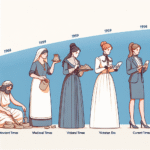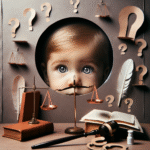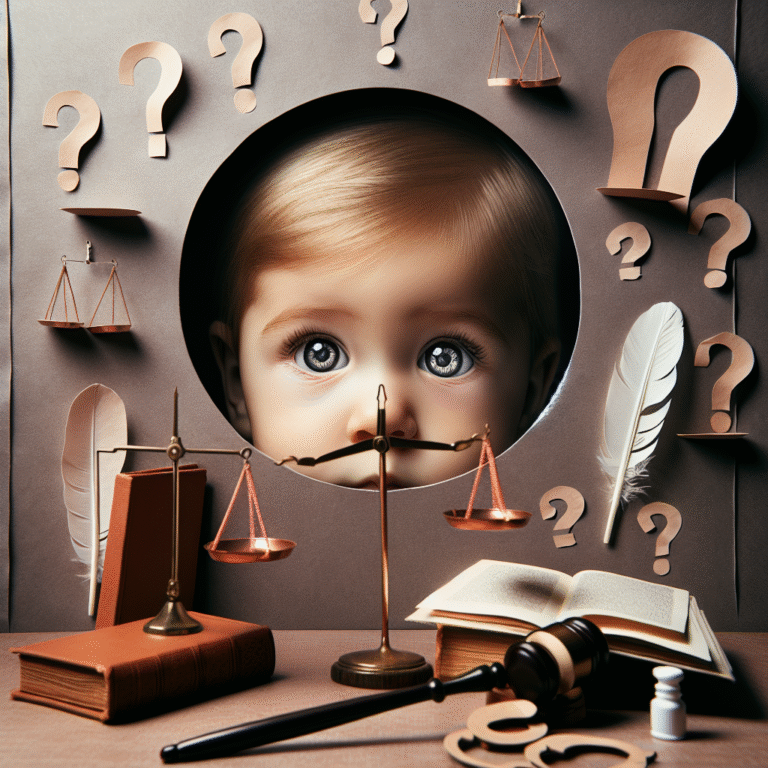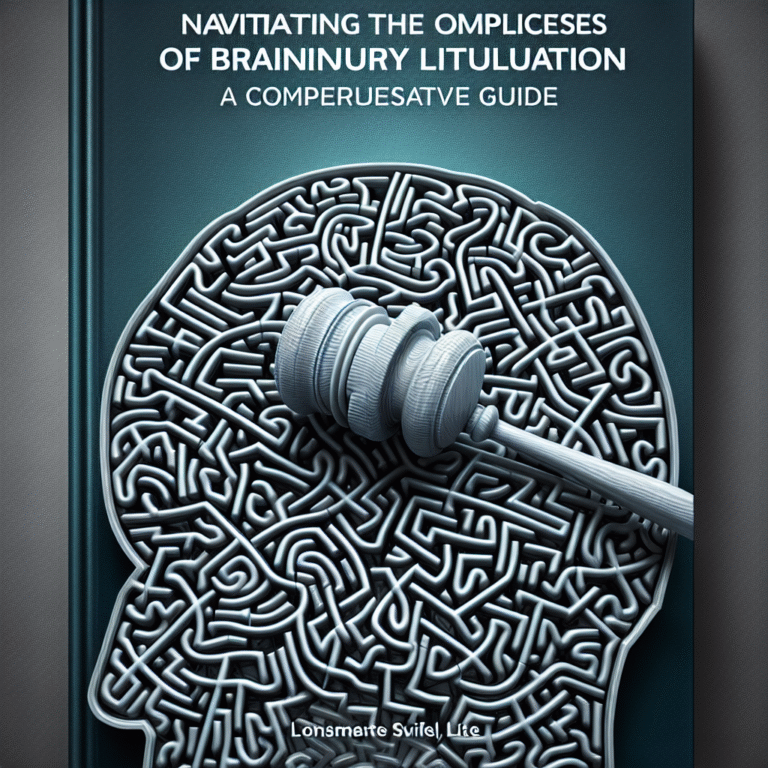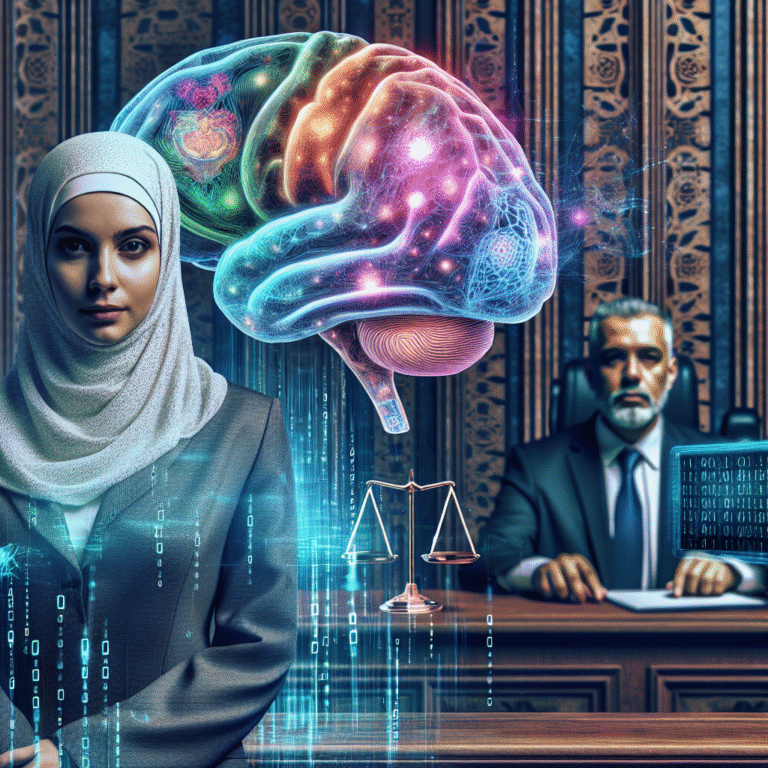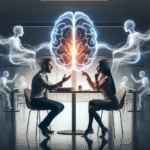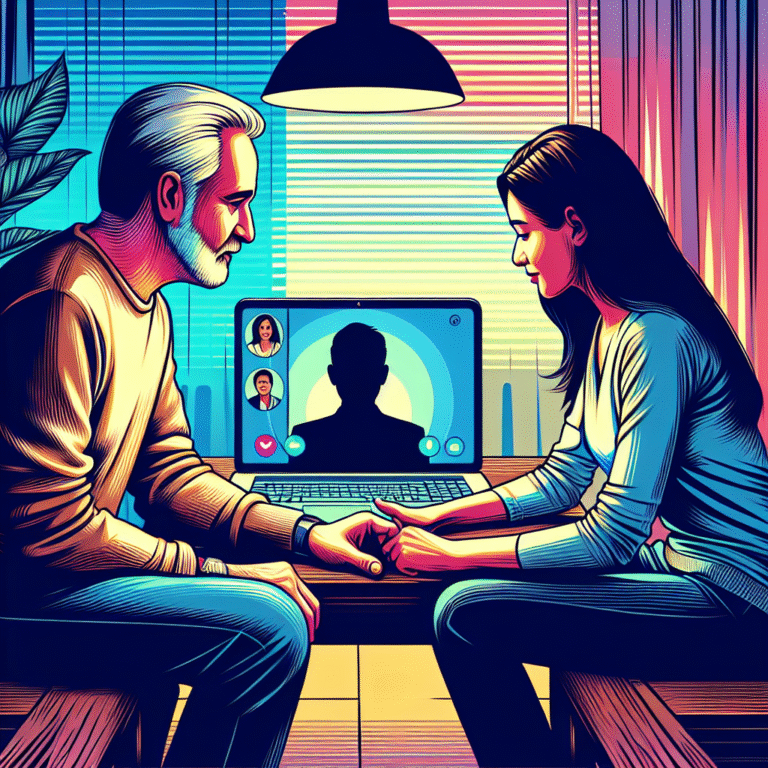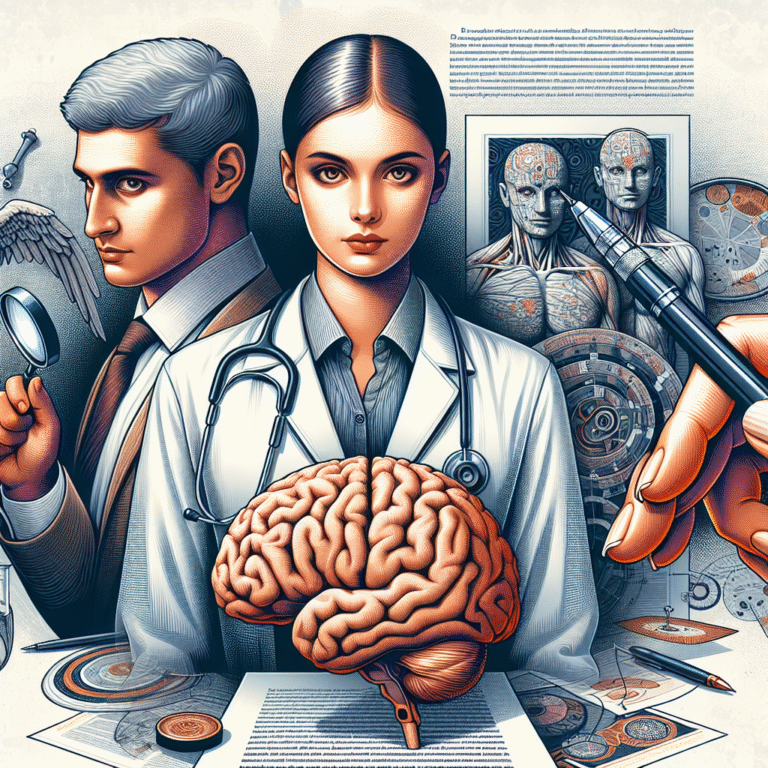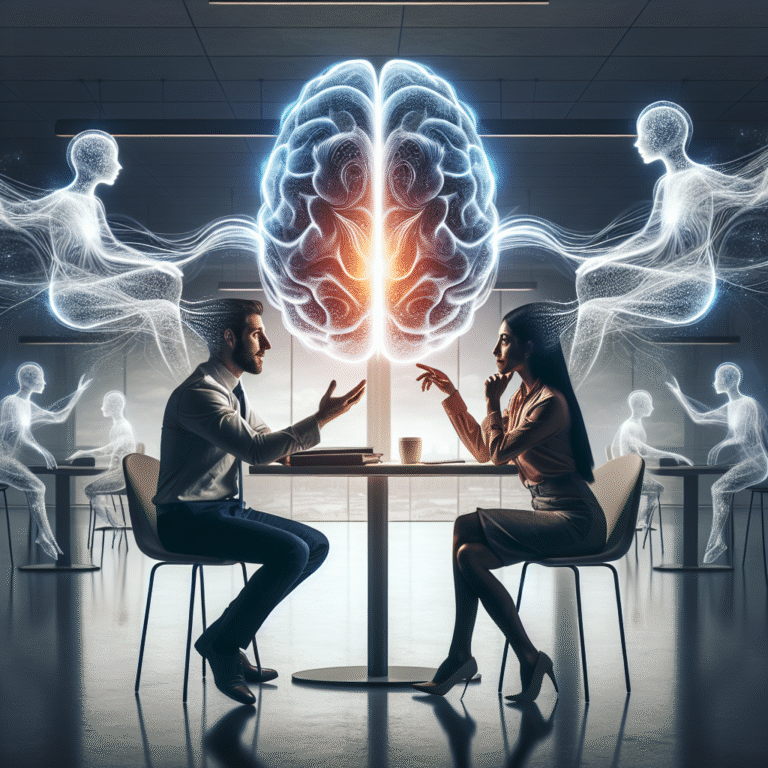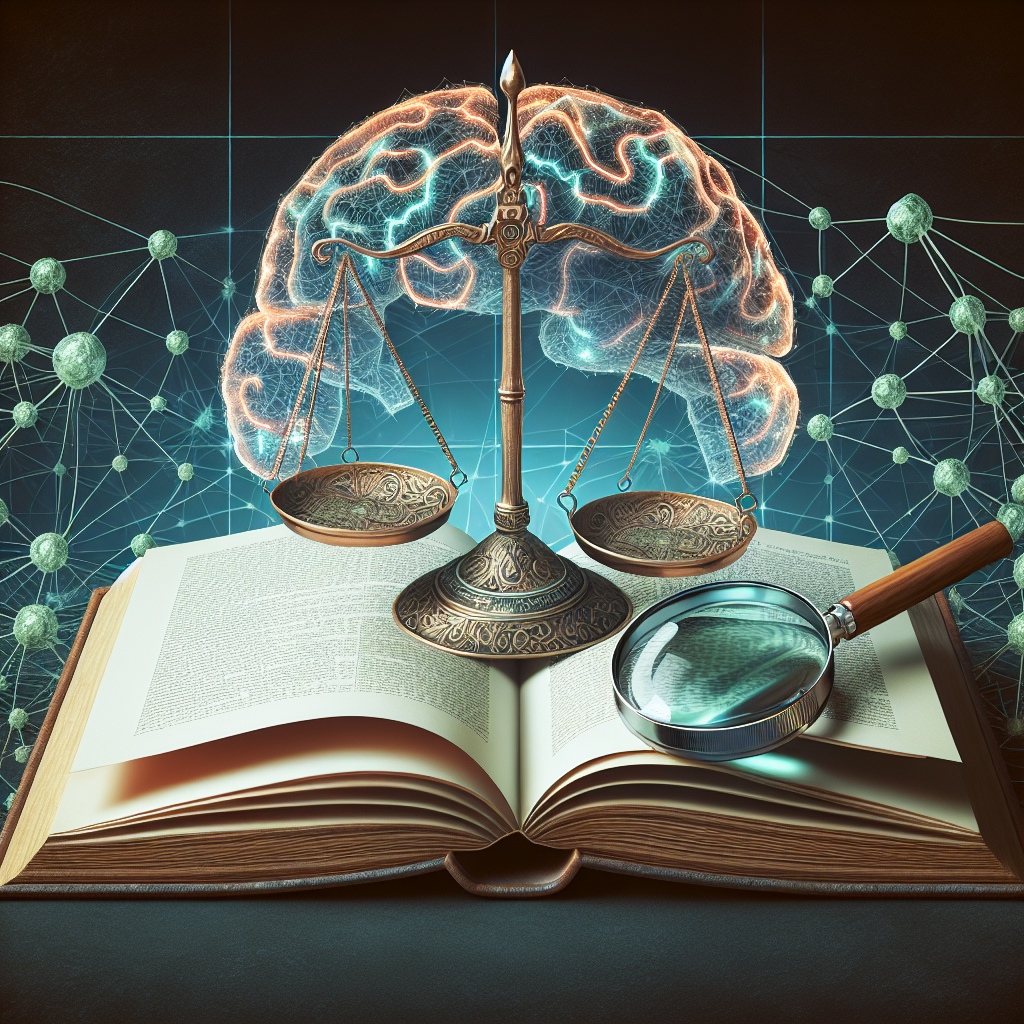
Introduction
In the complex world of personal injury law, few areas present as many hurdles as brain injury claims. The invisible nature of these injuries can make them particularly challenging to prove, often leaving victims feeling frustrated and overwhelmed. As legal experts often remind us, comprehending and navigating the myriad challenges in proving brain injury cases is paramount for attorneys, victims, and their families alike.
Through the lens of legal expertise, this article dives deep into these challenges—equipping you with insights, case studies, and actionable strategies to better understand, navigate, and potentially overcome the obstacles at play in brain injury litigation.
Understanding Brain Injury
Definition and Types of Brain Injury
Brain injuries can be categorized into two main types: traumatic brain injuries (TBIs) and acquired brain injuries (ABIs). TBIs occur when an external force causes damage to the brain, such as in an automobile accident or a fall, whereas ABIs arise from internal factors like strokes or infections.
Common Conditions Associated with TBIs:
- Concussions
- Contusions
- Penetrating injuries
- Diffuse axonal injuries
Quick Facts Table: TBI Statistics
| Statistic | Value |
|---|---|
| Annual TBI cases in the U.S. | 2.87 million |
| Percentage of TBI resulting from falls | 47% |
| Estimated costs associated with TBIs | 76.5 billion |
Major Challenges in Proving Brain Injury
Legal professionals face unique challenges in proving brain injury cases. Below are some of the most significant hurdles:
1. Lack of Objective Diagnostic Tools
Traditionally, brain injuries, particularly mild TBIs, can often defy precise diagnosis. Neuroimaging technology such as CT and MRI scans has limitations in detecting subtle brain damage.
Case Study: The 2014 NFL Concussion Lawsuit
In a landmark lawsuit, retired NFL players faced difficulties in proving brain injury claims when the necessary evidence was lacking. Many players reported debilitating symptoms without definitive imaging results, exemplifying how crucial but elusive objective evidence can be.
2. Cognitive and Behavioral Symptoms
Brain injuries often present with psychological, cognitive, or behavioral symptoms. These issues are subjective and can be dismissed by jurors or insurance companies as exaggeration or emotional responses.
Expert Insight
Legal experts emphasize the need for psychological assessments from licensed professionals to validate claims. Proper documentation showcasing the impact of the injury on daily life can bolster a case.
3. The Role of Pre-existing Conditions
Pre-existing conditions, such as prior head injuries or mental health issues, can complicate legal claims. Opposing counsel may argue that the symptoms stem from these existing conditions rather than the incident in question.
Mitigating Strategies
Legal professionals must compile comprehensive medical histories to establish causation. This can involve obtaining expert testimony, highlighting how the recent incident exacerbated previous conditions.
4. Statistical Correlation vs. Causation
Establishing causation in brain injury cases poses a significant difficulty for legal practitioners. While you can show statistical correlations related to certain types of accidents and brain injuries, establishing that a specific incident caused a particular injury is critical.
Case Analysis: Smith v. ABC Construction
In this case, the plaintiff sustained a TBI from a construction site accident. The defense highlighted a lack of direct evidence tying the injury to the incident. Legal experts stress the importance of using reputable medical testimonies to establish a solid causal link.
5. Insurance Company Tactics
Insurance companies often deploy aggressive tactics to deny or minimize claims. This creates additional challenges for attorneys representing brain injury victims.
Vanishing Act: The Adjuster’s Perspective
Adjusters are trained to look for holes in a claimant’s story or medical evidence. They may delay claims or demand excessive documentation, which can wear down victims who lack support.
6. Jury Perception and Bias
One of the ongoing issues in TBI litigation is the perception of the jury. A lack of visible evidence can lead jurors to question the legitimacy of claims, often biases can unfairly sway their opinions.
Expert Testimony as a Solution
The use of expert witnesses can help clarify intricate medical and psychological conditions to jurors, empowering them to make an informed decision.
Chart: Factors Impacting Jury Decisions
| Factor | Influence Level |
|---|---|
| Expert Testimony | High |
| Visible Injuries | Moderate |
| Psychological Evidence | High |
| Defendant’s History | Low |
Proof Strategies: Best Practices
1. Thorough Documentation
Recording every detail surrounding the incident is crucial. Photographic evidence, medical records, therapy notes, and witness statements can all provide supportive evidence for claims.
2. Utilizing Neuropsychological Assessments
The assessment of cognitive functions through tests can provide valuable information on the impact of the brain injury on daily life, which can support claims in court.
3. Collaborating with Medical Experts
Creating a network of medical experts can help in presenting a robust case. Specialists can offer testimony that explains complex medical terminology into layman’s terms for the jury, making it relatable and understandable.
4. Engaging with a Multidisciplinary Team
Involving a team that includes neurologists, psychologists, and rehabilitation specialists can provide a comprehensive view of the injury, supporting attorneys in their quests for justice.
Conclusion
Navigating the challenges in proving brain injury claims requires not just legal acumen but an understanding of the layered complexities inherent to these types of cases. While obstacles abound—from proving causation to combating bias—the right expert insights and strategies can pave the way for victories in court.
In sum, understanding these challenges empowers all stakeholders—victims, families, and legal practitioners—to advocate for the much-needed support and justice that individuals with brain injuries rightfully deserve. By harnessing the insights from legal experts, we can continue to brave the complex waters of brain injury litigation successfully.
FAQs
1. What constitutes a brain injury?
A brain injury is classified as damage to the brain caused either by external force (TBI) or internal issues (ABI). Symptoms can vary widely and include cognitive impairments, emotional disturbances, and physical disabilities.
2. How do I prove a brain injury in court?
Documenting the incident, obtaining medical evaluations, accessing neuropsychological assessments, and presenting expert witness testimonials are critical steps in proving a brain injury case.
3. What types of evidence are needed to support a claim?
Evidence can include medical records, witness statements, expert testimonies, and personal testimonies detailing the impact of the injury on daily life.
4. What are common misconceptions about brain injuries in legal cases?
One common misconception is that visible injuries are always present. However, many brain injuries are invisible and require detailed documentation to be properly recognized in legal contexts.
5. How can legal representation help in brain injury cases?
Legal representation can help navigate the nuanced legal landscape, ensuring that all aspects of the case are presented effectively, addressing biases, and securing deserved compensation for the injured party.
By understanding and addressing the challenges in proving brain injury, we can create a more informed and compassionate approach to supporting those affected, ensuring justice is served.
